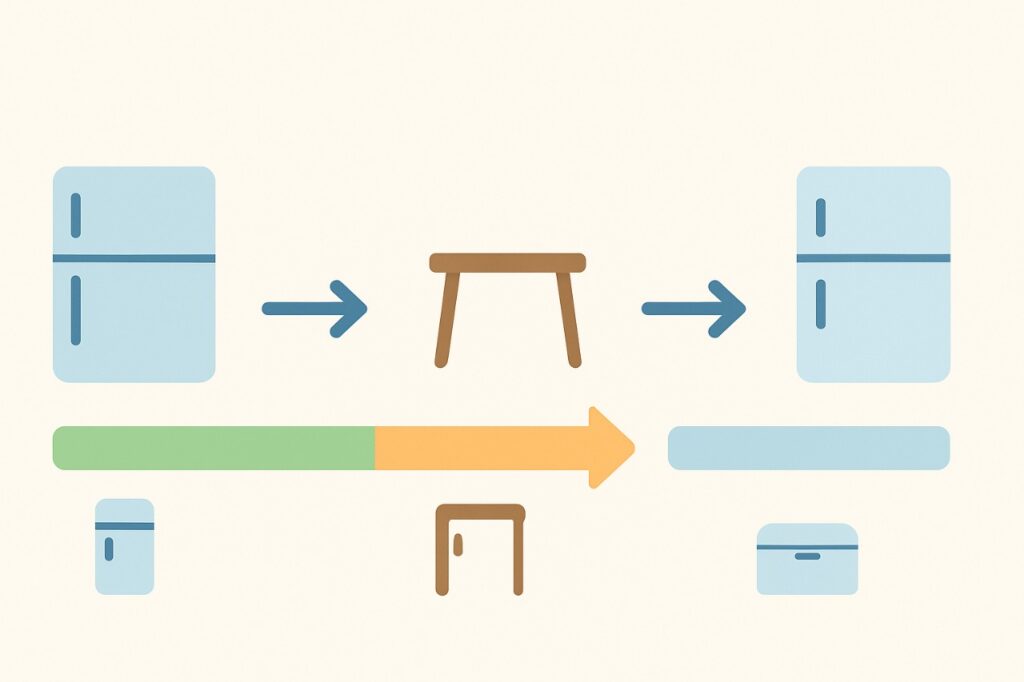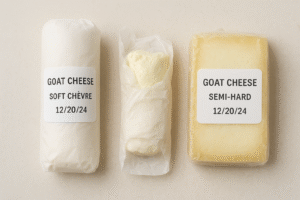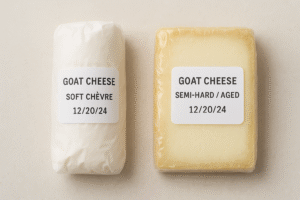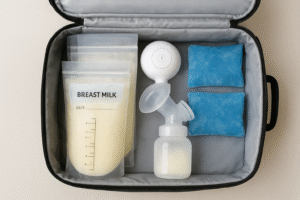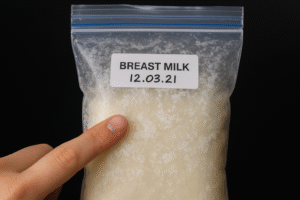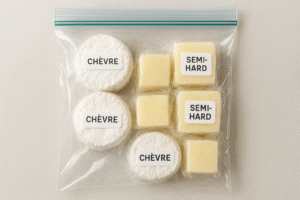Many U.S. parents wonder: “How long does reheated breast milk last?”
In this article, “reheated” refers to milk that has already been warmed once for feeding — not milk that’s been reheated multiple times.
The Centers for Disease Control and Prevention (CDC) and other health authorities caution against reheating breast milk more than once because it increases bacterial growth and nutrient loss.
This guide explains how long once-warmed milk remains safe, the science behind warming, and how to handle leftovers responsibly.
Why Warming Changes the Rule & How It Differs from Thawing
When breast milk is warmed, several things change:
- Bacteria begin to multiply faster as the temperature rises.
- Enzymes and antibodies may weaken slightly.
- According to the CDC, milk that has been warmed or brought to room temperature should be used within about 2 hours.
This is very different from milk that’s simply thawed but still kept cold in the refrigerator, which may remain safe for about 24 hours.
Safe Time Limits for Reheated (Once-Warmed) Breast Milk
- Fresh milk warmed for feeding: use within 2 hours at room temperature, then discard.
- Previously frozen, thawed, then warmed: use within 1–2 hours at room temperature, or up to 24 hours if immediately placed in the fridge.
- Avoid reheating any milk more than once. Each warming cycle breaks down protective enzymes and raises microbial risk.
Important Distinction: Thawed Milk vs Warmed Milk:
Thawed in Fridge (Not Warmed):
If milk was thawed in the refrigerator overnight (but never warmed), it remains safe for about 24 hours.
Thawed and Left Out / Warmed:
Once thawed milk sits at room temperature or has been warmed, the clock changes — it should be used within 1–2 hours and never refrozen.
Safety should always come first: when uncertain, discard.
Practical Tips to Minimize Waste
- Warm small portions (2–4 oz) to reduce leftovers.
- Warm using a warm-water bath, never a microwave.
- Label bottles with the exact time warmed.
- Discard any milk left > 2 hours after feeding starts.
- Never mix leftover warmed milk with freshly expressed milk.
Highlight: Why You Should Avoid Reheating More Than Once
Avoid reheating any milk more than once.
This single line is worth repeating because it’s the most critical rule:
- The second heating → kills more immune factors.
- It → encourages rapid bacterial multiplication
- It → alters taste and odor so your baby may reject it.
Always plan portion size instead of multiple warm-ups.
Signs That Milk Is No Longer Safe:
- Sour smell or sour-tasting residue.
- Thick curds or fat that won’t remix with swirling.
- Milk previously warmed and stored beyond recommended time.
If any signs appear → discard immediately.
FAQ:
Q: Can I refrigerate leftover warmed milk?
A: Yes, but use within 24 hours and never reheat it again.
Q: Is it safe to reheat milk twice?
A: No. Each reheating step raises bacterial risk and lowers nutritional quality.
Q: Does reheating destroy nutrients?
A: Moderate warming is fine, but repeated or high-heat warming can reduce antibodies and vitamins.
Conclusion:
In short, once breast milk is warmed for feeding, it becomes time-sensitive.
Use it within 2 hours at room temperature or within 24 hours if immediately chilled.
Avoid reheating any milk more than once — it’s safer to warm small batches fresh each time.
For guidance on the best storage containers and handling practices, read:
The Best Milk Storage Containers: Glass vs Plastic vs Metal (Ultimate USA Guide)

